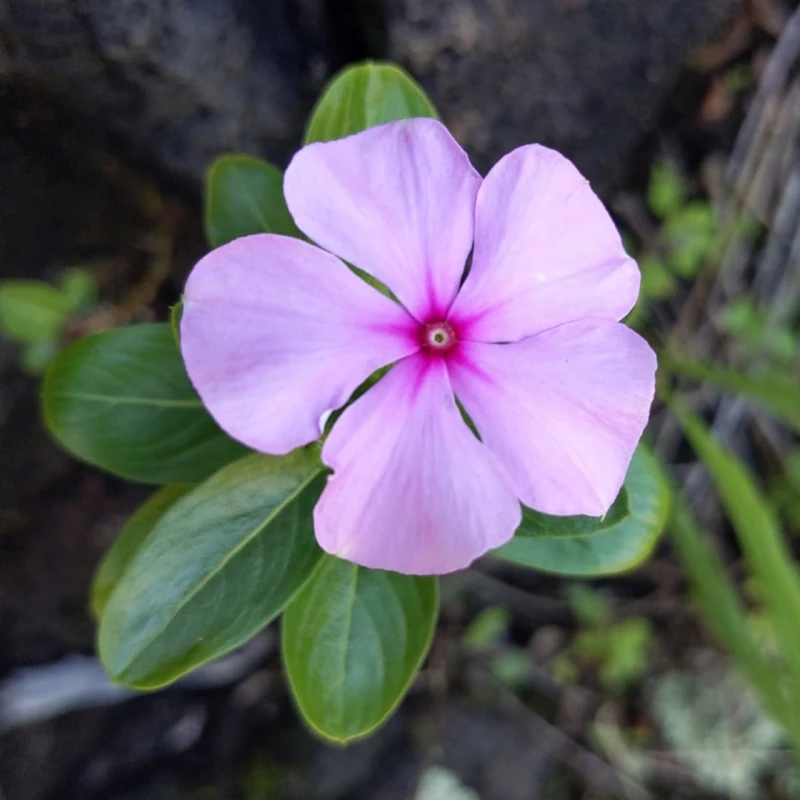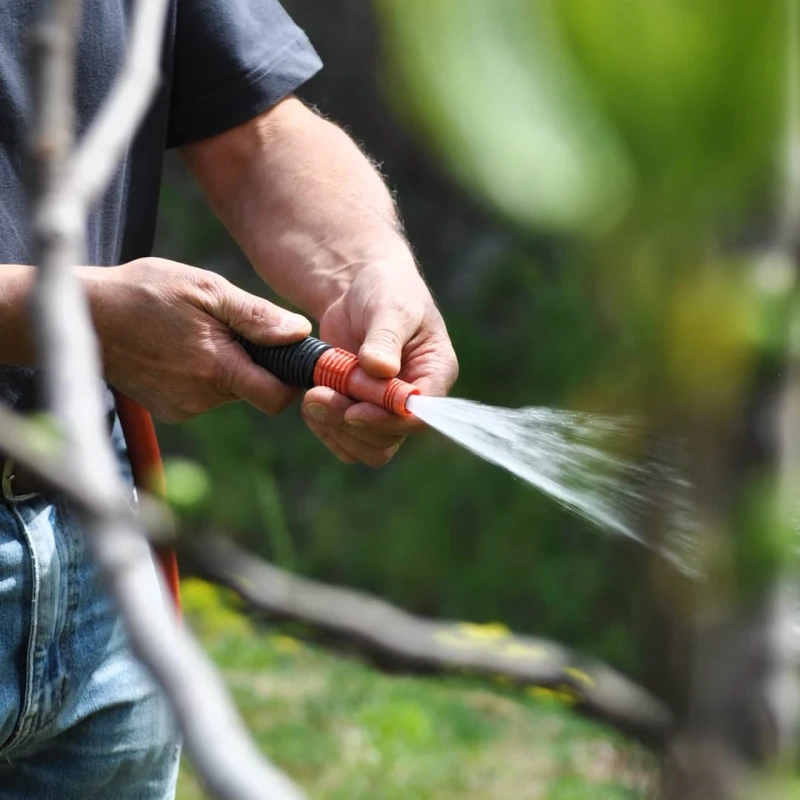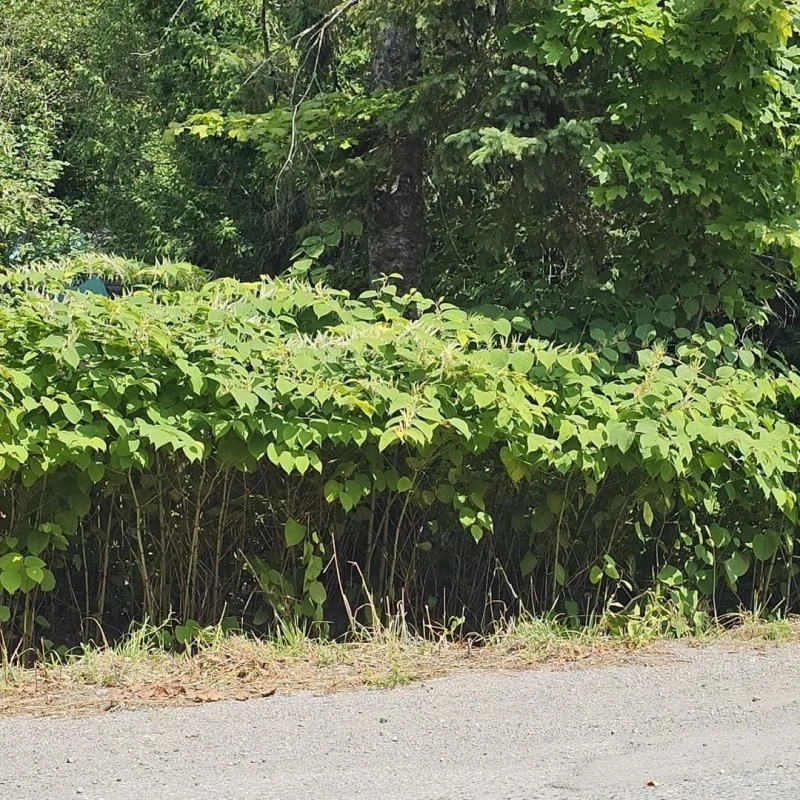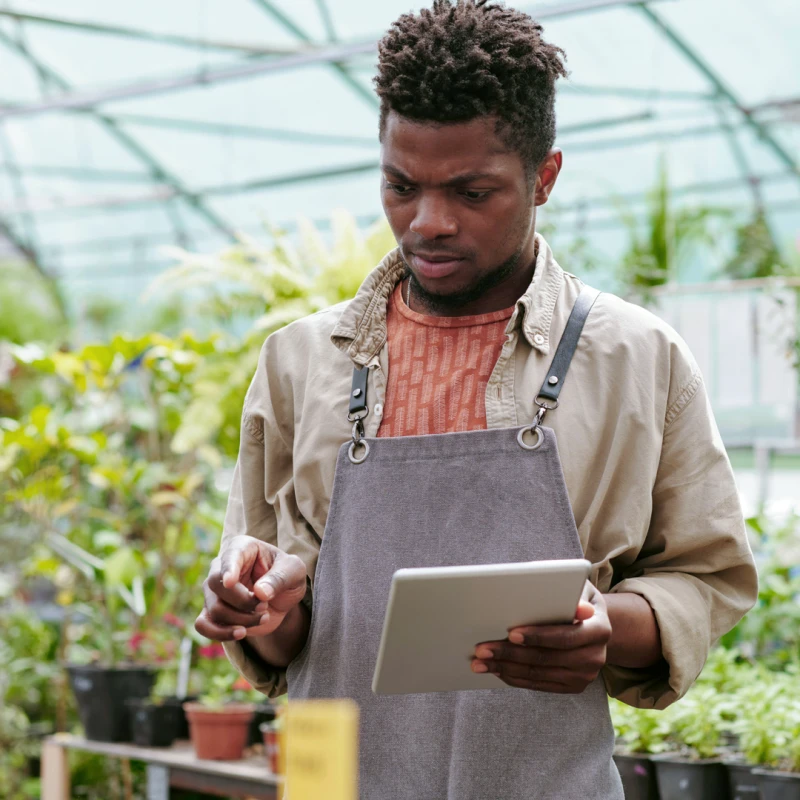
© emmett_24 via iNaturalist.org, used under CC BY 4.0.
How Invasive Plants Affect Biodiversity and the Economy
Invasive ornamental plants like periwinkle and goutweed crowd out native species, leaving pollinators like bees and butterflies without their essential food sources. When invasive species spread to forests, parks, and agricultural areas, they reduce biodiversity and weaken ecosystems. For example, Japanese knotweed grows aggressively along waterways, destabilizing banks and increasing erosion.
Economically, invasive species cost Canada’s agriculture, forestry, and urban infrastructure billions annually. Homeowners may face increased costs for managing invasive species on their property. Municipalities are expected to spend significant resources removing invasive plants from public spaces.
Indigenous Leadership Spotlight: Mohawk Seedkeeper Gardens
Invasive plants such as giant hogweed and common buckthorn are overtaking native Carolinian ecosystems, threatening culturally significant plant species and disrupting Haudenosaunee foraging and agricultural practices. The Mohawk Seedkeeper Gardens’ Indigenous Food Trees Project works to restore native food trees and re-establish traditional land-based knowledge in Six Nations of the Grand River Territory. Through community education, invasive species removal, and native tree planting, this initiative strengthens Indigenous food sovereignty while fostering sustainable gardening and foraging practices.
Best Practices for Gardening Responsibly


© alexpottekkat via iNaturalist.org, used under CC BY 4.0.
Choose Native or Non-Invasive Plants
Use resources like the Grow Me Instead guides from Invasives Canada chapters to find sustainable alternatives to invasive ornamentals commonly sold in nurseries.
Source Responsibly
Shop at PlantWise retailers that prioritize native plants and avoid selling invasive species.
Practice Clean Gardening
Regularly clean tools, shoes, and equipment to prevent accidentally spreading seeds or fragments of invasive plants.
Avoid Disposing of Plants in the Wild
Never dump garden waste in natural areas, as this can introduce invasive species. Compost or use municipal waste programs instead.
Raise Awareness in Your Community
Share resources like the PlantWise program with neighbors and local gardening groups to promote sustainable practices.
Why the PlantWise Recognized Retailer Program Matters
Retailers play a critical role in reducing the spread of invasive plants. By becoming a PlantWise Recognized Retailer, you demonstrate leadership in protecting biodiversity and supporting sustainable gardening.

This program helps retailers:

Take Action Today
Protecting Canada’s biodiversity starts in your backyard. Use the Grow Me Instead guide to choose sustainable plants for your region, and connect with recognized Plant Wise retailers to source responsibly. Together, we can preserve the beauty of our gardens and the health of our ecosystems.
